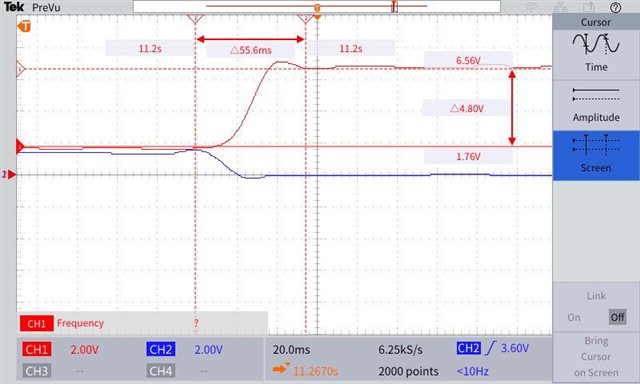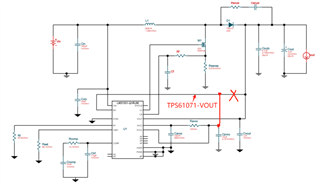Other Parts Discussed in Thread: TPS61071, LM5155, LM5157
Tool/software:
Hi,
The waiting time from the start of the boost to the peak voltage is about 55.6ms after the switch is triggered. Our customer requested that this period of time be reduced to 30ms. How could to realize this?
Thanks a lot!
Andy




